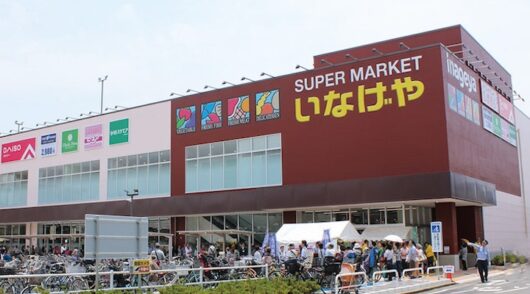In a sign that the consumer economy is picking up a bit of speed, total US retail sales in September increased by 3.4 per cent on an unadjusted year-over-year basis.
This is above August’s uplift and is comfortably north of the average growth for the year to date. The trend will be of comfort to retailers as it demonstrates momentum as the all-important holiday season nears, and it suggests consumers have not been deterred from spending by an increasingly acrimonious election campaign.
Under the total growth figure there are a number of interesting dynamics in play that provide some indication as to how the final months of the year may pan out.
The first of these comes from the foodservice numbers which, after a summer of relatively shallow growth, is now rising strongly. Some of this is down to the promotions restaurant players have pushed to stimulate spending, but it is also likely related to the gentle uplifts in consumer incomes which have boosted the amount households have to spend on more discretionary purchases.
The outcome for auto sales was also reasonable, although growth moderated somewhat from last month. While many consumers are now buying, or thinking of buying, new vehicles in time for the winter season, it is evident that dealers are having to work ever harder – with discounts, deals and promotions – to win their custom. This is good news for the shopper, but it has undoubtedly take the edge of growth.
Despite the gas pipeline rupture in Alabama, which caused a temporary spike in pump prices in many eastern states, gas prices remained slightly below the previous year. Once again, this was helpful for consumer finances, but lower gas prices are now a less significant contributor to gains in household spending power than they were last year. This is a trend that will continue into the holiday season, a period when consumers traditionally spend a great deal more on gas due to travel requirements. As such, while gas prices won’t damage spending in other areas, the gentler declines will certainly soften potential growth rates across other retail categories.
Core retail performed reasonably over September, albeit with a slightly lower growth profile than August which was boosted by a solid back-to-school trading period. More modest food inflation also flattened growth as did the continued poor performance of electricals – which failed to be helped by Apple’s new iPhones, something not aided by extremely poor availability across most of the US.
In comparison, clothing growth strengthened thanks to fall weather kicking in across large parts of the country, in contrast to last year’s relatively warm spell. That weather also aided home improvement spending as consumers start to prepare their properties for the winter.
As ever, the main loser was the department store segment where sales continue to plunge – a sign that they will likely be the main losers in the critical months ahead.
Neil Saunders is CEO of retail consultancy Conlumino.





